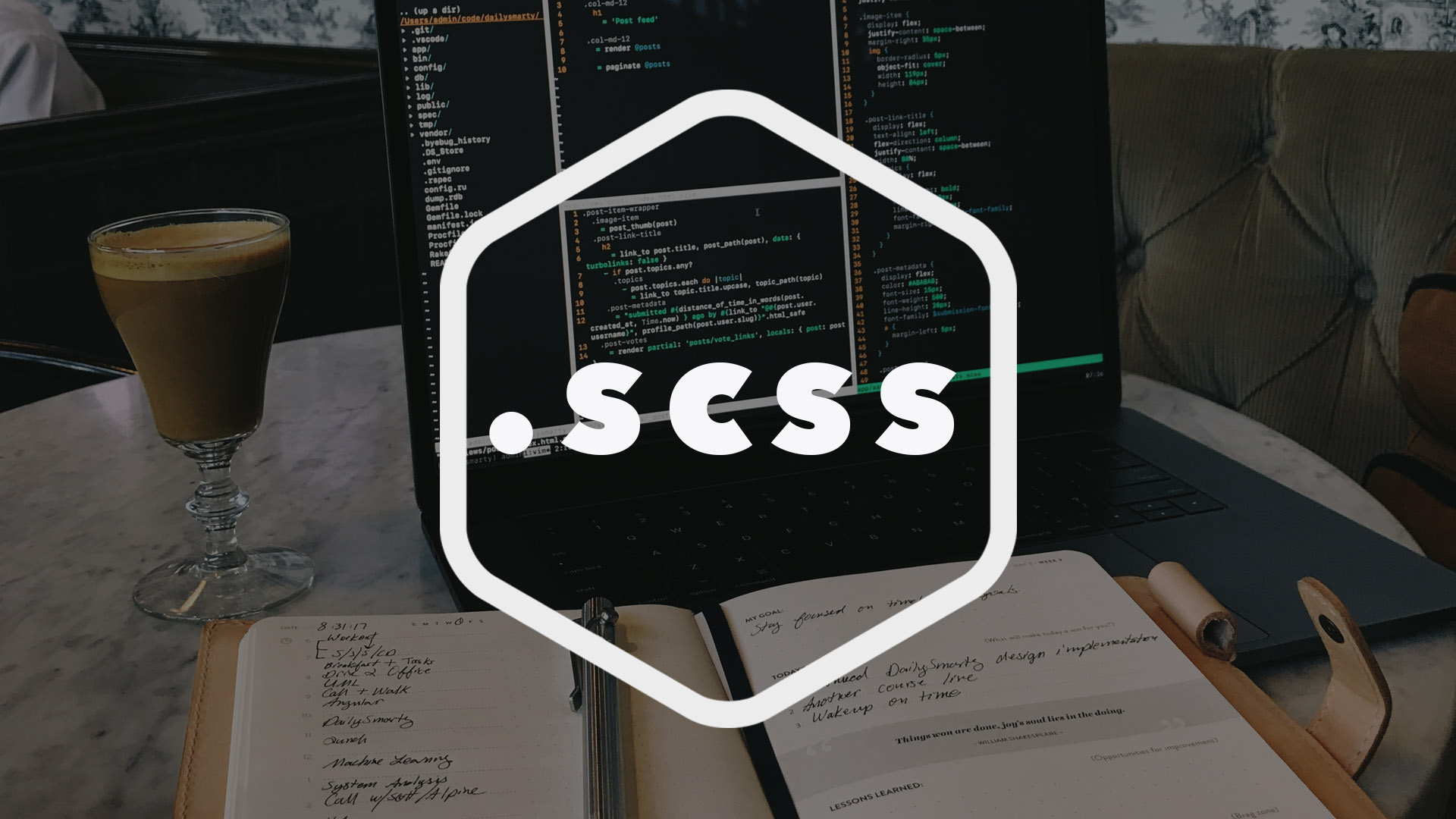SASS (Syntactically Awesome Style Sheets) is a pre-processor scripting language that will be compiled or interpreted into CSS. SassScript is itself a scripting language whereas SCSS is the main syntax for the SASS which builds on top of the existing CSS syntax. It makes use of semicolons and brackets like CSS (Cascaded Style Sheets).
Short for Syntactically Awesome Style Sheets, SASS is a popular CSS pre-processor. SASS code is processed by the program and compiled into CSS code, which can be used to style HTML elements. SASS controls how it appears on the web page.
Sass is a CSS preprocessor—a layer between the stylesheets you author and the CSS files you serve to the browser. Sass (short for Syntactically Awesome Stylesheets) plugs the holes in CSS as a language, allowing you to write DRY code that’ll be faster, more efficient, and easier to maintain. Sass is perhaps the most popular preprocessor around right now, but other well-known examples include Less and Stylus.
Why Use SASS CSS?
There are many advantages to using Sass, so let’s look at some of them now:
Sass is easy to understand if you know CSS. Since it’s a CSS preprocessor its syntax is similar.
Sass also makes it possible to reuse your code by creating variables and functions with mixins (cutting up pieces of code) that can be reused over and over again. This helps you save time and allows you to code faster.
Frequent Innovation: SaaS providers often release new features and updates regularly, ensuring that users benefit from ongoing innovation and improvements.
Compatibility: SaaS applications are typically designed to work on a wide range of devices and operating systems, enhancing compatibility and user flexibility.
Cost Savings: SaaS eliminates the need for upfront capital expenditures on hardware and software. Users typically pay a subscription fee, making it cost-effective, especially for small businesses and startups.
Rapid Deployment: SaaS solutions can be implemented quickly since there’s no need to install and configure software on local machines or servers. Users can start using the software almost immediately after subscribing.
Accessibility: SaaS applications are accessible from anywhere with an internet connection and a compatible device. This makes it ideal for remote work and allows for collaboration across different locations.
Automatic Updates: SaaS providers handle software updates, security patches, and maintenance. This ensures that users always have access to the latest features and security enhancements without manual intervention.
Scalability: SaaS solutions can often be easily scaled up or down to accommodate changing needs. Organizations can add or remove users and features as required without significant overhead.
Regular Backups: SaaS providers typically perform regular data backups, reducing the risk of data loss due to hardware failures or disasters.
Security and Compliance: Many SaaS providers invest heavily in security measures and compliance certifications. This helps organizations meet regulatory requirements and ensures data security.
Reduced IT Overhead: SaaS reduces the burden on IT departments, as they don’t need to manage and maintain on-premises servers or software installations. This allows IT teams to focus on more strategic initiatives.
How Use it in the Code with example
Step 1: Setup SaaS
Install a SaaS Compiler: To use SaaS, you’ll need a SaaS compiler or preprocessor installed on your computer. One popular option is Sass. You can install Sass using a package
npm install -g sassStep 2: Compile SaaS to CSS
Compile SaaS to CSS: Use the SaaS compiler to convert your .scss file into a .css file. Run the following command in your terminal:
sass styles.scss styles.cssInclude Compiled CSS in HTML: In your HTML file, include the compiled CSS file as you would with any regular CSS file using the element in the section of your HTML document.
<!DOCTYPE html>
<html>
<head>
<link rel="stylesheet" type="text/css" href="styles.css">
</head>// Define variables
$primary-color: #3498db;
$background-color: #f2f2f2;
// Styles for a header
.header {
background-color: $primary-color;
color: white;
padding: 10px;
h1 {
font-size: 24px;
margin: 0;
}
a {
color: inherit;
text-decoration: none;
}
}
// Define a mixin for flexbox
@mixin flex-center {
display: flex;
justify-content: center;
align-items: center;
}
// Use the mixin to center an element
.centered-box {
width: 200px;
height: 200px;
background-color: #f2f2f2;
@include flex-center;
}
Example 3: Responsive Design
In this example, we define breakpoints for mobile and tablet screens, and then we use media queries to apply different styles based on the screen size.
// Define breakpoints
$mobile: 600px;
$tablet: 900px;
// Media query for mobile screens
@media (max-width: $mobile) {
.sidebar {
display: none;
}
}
// Media query for tablets
@media (min-width: $mobile) and (max-width: $tablet) {
.content {
width: 70%;
}
}
